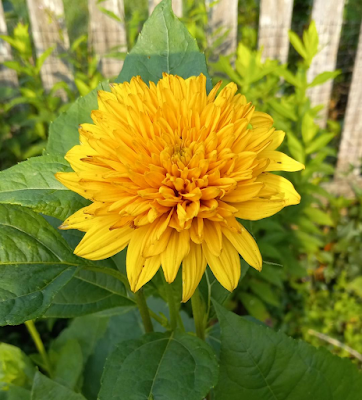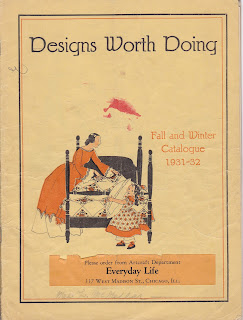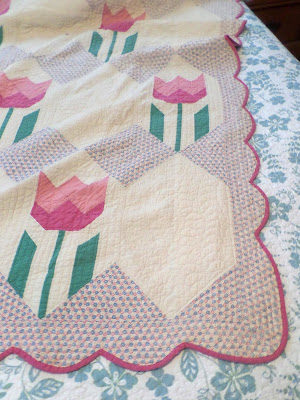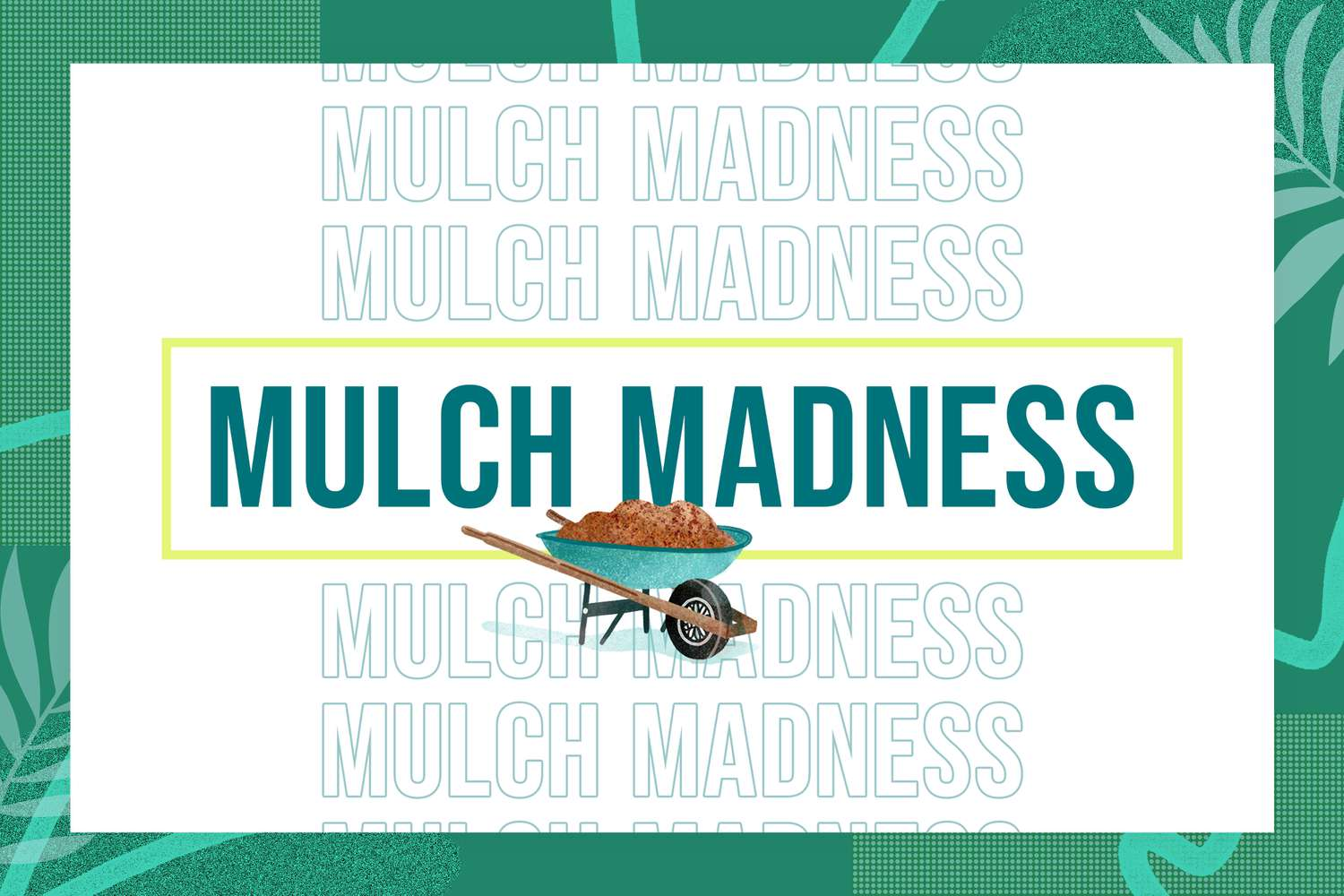
Good Morning!
I've been studying the Southern Highlands and thought I would write about it a few days, starting Sunday. The Southern Highlands are located in a variety of southern states including Alabama, Georgia, Kentucky, Maryland, North Carolina, South Carolina, Tennessee, Virginia, & West Virginia. The region is focused on the mountainous areas of the Appalachians in these states.
A room of Southern Highland crafts.
Folks in that region often referred to them as "outlanders." As one 1942 article cited, "they have retained the primitive ways with maximum dependence on the labor of their hands." The population was originally of German descendant and had moved to the region from Pennsylvania. Eventually it was settled more by people of Scottish and Irish descent.
This particular area was already struggling when the Depression hit. The lumber industry had declined after World War I; textile and coal plants had overproduced and wages were low (when there were jobs). To make matters worse, agricultural advances had not been known or implemented in this region. The land itself was, as one source put it, "exhausted." Added to those woes was the Drought of 1930 in the region.
When relief workers went to the region during the Depression, they were shocked to find that in some areas, 80 percent of the population was unemployed.
But surprisingly, one of the aspects that saved the region was the crafts created by the locals.
In 1925, a woman named Olive Dame Campbell and a missionary named Francis Goodrich saw the potential in the crafts that the mountain folks created. In 1930 an exhibit of these crafts was opened and in the same year, The Southern Highland Craft Guild was created.
Even Secretary of the Interior, Harold L. Ickes supported the craft based economy during the Depression.
It's very possible that you already have seen some PBS specials on the crafts of this region. In 1925, Olive Dame Campbell founded the John C. Campbell Folk School in Brasstown, North Carolina. And then in1929, Penland School was created in Penland, N.C. by a woman named Lucy Morgan. Both schools were specifically for arts/crafts and continue today.
This subject has so many stories but for next week I'm going to focus on the impact of the culture during World War 2 and also what I can find out about quilt patterns.
One of the crafts this region is most known for are woven coverlets. If you like them, you might enjoy reading this article.
Tomorrow is Flower Friday! If you have any blooms to share, please email me at allentownquilter@gmail.com!
Have a safe and happy day!























































